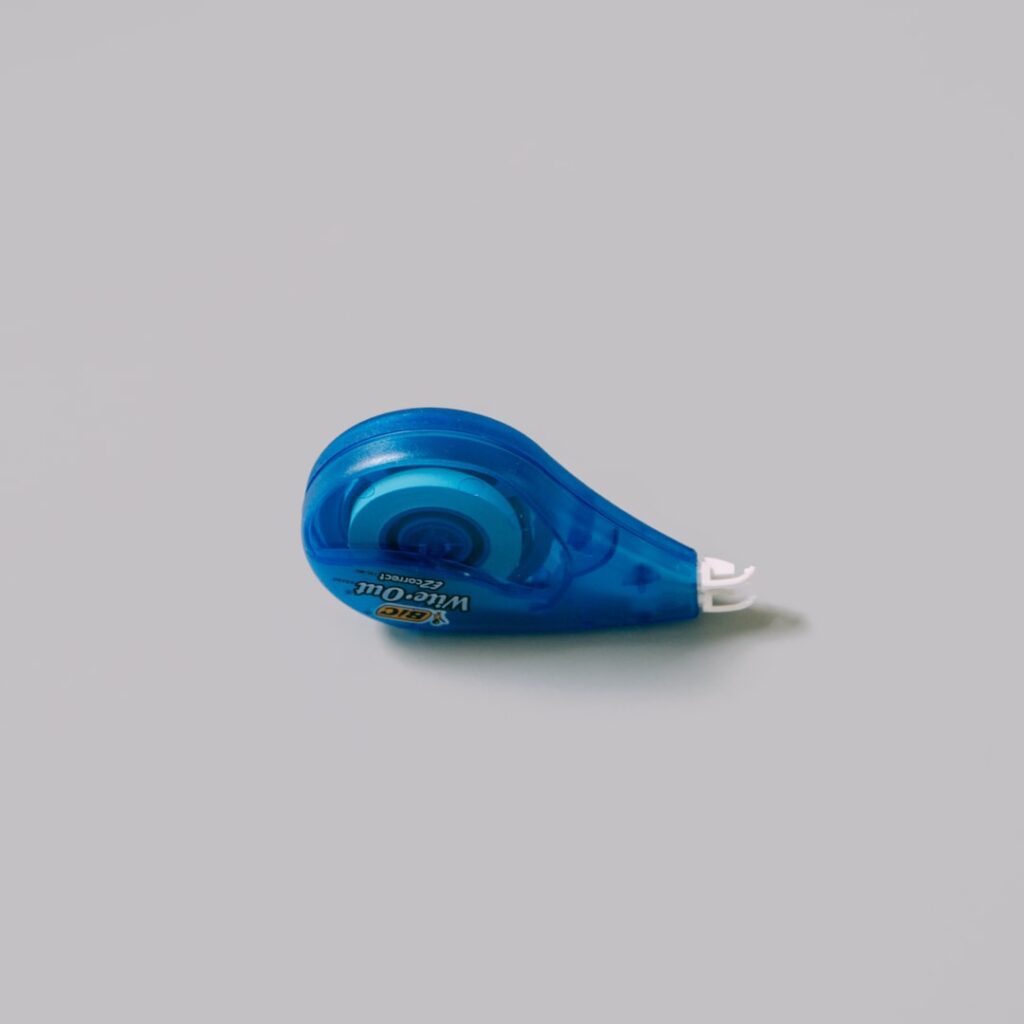Understanding the Impact of Achilles Tendonitis
Achilles tendonitis is a common overuse injury that can cause pain, swelling, and stiffness in the back of the heel. Whether you’re a seasoned athlete or simply enjoy an occasional jog, this condition can be a real pain in the… well, the heel. Surprisingly, statistics show that approximately 232,000 Americans suffer from Achilles tendon injuries each year, with the majority being due to overuse during physical activities.
What Causes Achilles Tendonitis?
Achilles tendonitis often results from repetitive stress on the tendon, such as running, jumping, or other high-impact activities. Wearing improper footwear, tight calf muscles, or suddenly increasing the intensity or duration of exercise can also contribute to the development of this condition.
Remedies and Treatments for Achilles Tendonitis
Rest and Ice
One of the most effective ways to alleviate the discomfort of Achilles tendonitis is to rest and apply ice to the affected area. Ice helps reduce swelling and provides relief from pain.
Stretching and Strengthening
Incorporating gentle calf stretches and strengthening exercises into your routine can help improve flexibility and reduce the risk of re-injury.
Supportive Footwear
Investing in proper footwear with adequate arch support and cushioning can significantly reduce strain on the Achilles tendon during physical activities.
Physical Therapy
Seeking guidance from a physical therapist can help you learn targeted exercises and techniques to support the healing process and prevent future injury.
How to Incorporate Prevention and Recovery Techniques
Daily Stretching Routine
Start or end your day with a series of calf stretches, holding each stretch for 30 seconds. This simple practice can make a noticeable difference in your flexibility over time.
Mindful Exercise Habits
Be mindful of your exercise habits. Avoid sudden, drastic increases in intensity or duration, and listen to your body for any signs of strain or overuse.
Proper Rest and Recovery
Make sure to incorporate rest days into your workout schedule to provide your body, and specifically your Achilles tendon, with ample time to recover and heal.
Footwear Assessment
Regularly assess the condition of your athletic shoes and replace them as needed. Avoid worn-out footwear that no longer provides sufficient support.
Embracing a Healthy, Active Lifestyle
Incorporating these practices into your daily life can help prevent and alleviate the discomfort of Achilles tendonitis, allowing you to maintain an active and fulfilling lifestyle.
Remember, taking care of your body is essential for long-term health and well-being. By understanding the impact of Achilles tendonitis and implementing preventive measures, you can continue to pursue your passions and stay on your feet, pain-free.
So, take a moment to stretch, invest in supportive footwear, and listen to your body – your Achilles tendons will thank you for it!











